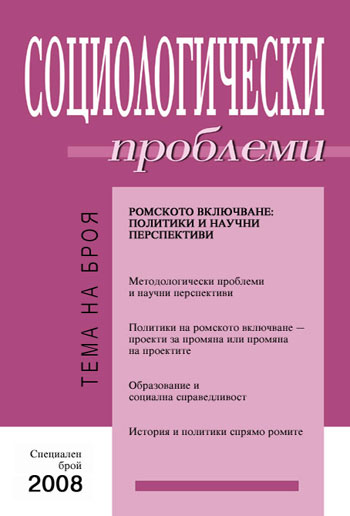Подходи и проблеми при формиране на извадки за изследване на ромското население в България
Sampling roma (gypsy) population in Bulgaria problems and approaches
Author(s): Alexey PamporovSubject(s): Social Sciences
Published by: Институт по философия и социология при БАН
Summary/Abstract: The article focuses on both qualitative and quantitative sampling of the Roma population. It offers a new qualitative sampling typology based on the distinction between sampling frame and selection strategy. According to the frame, there are six types of sampling listed: typical case, extreme case, contrast case, maximal variation, multiple case sampling, and tabula rasa. According to the selection, there are seven strategies listed: comprehensive, protagonist, snowball, criterion, stratified random, purposeful random, haphazard. The article discusses the efficiency and applicability of all possible (42) sample combinations, based on the advantages and disadvantages of each frame and selection strategy. In regard to quantitative sampling, the article examines the lack of adequacy and representative adequacy of the Roma booster samples and points out the possible biases. The samples based on the 2001 census data enhance the effect of the lower status characteristics of Roma compared with the rest of the population. The random walk samples (a) decrease the occupation status; (b) increase the living conditions status; and (c) increase the proportion of elementary and primary education completed, but decrease the proportion of secondary and high education as well as of illiteracy. In fact both types of quantitative boosters bias the data about the Gypsy population with non-Roma identity, although they are in use mainly because of the existence of such a population.
Journal: Социологически проблеми
- Issue Year: 40/2008
- Issue No: Spec. 1
- Page Range: 52-65
- Page Count: 14
- Language: Bulgarian
- Content File-PDF

